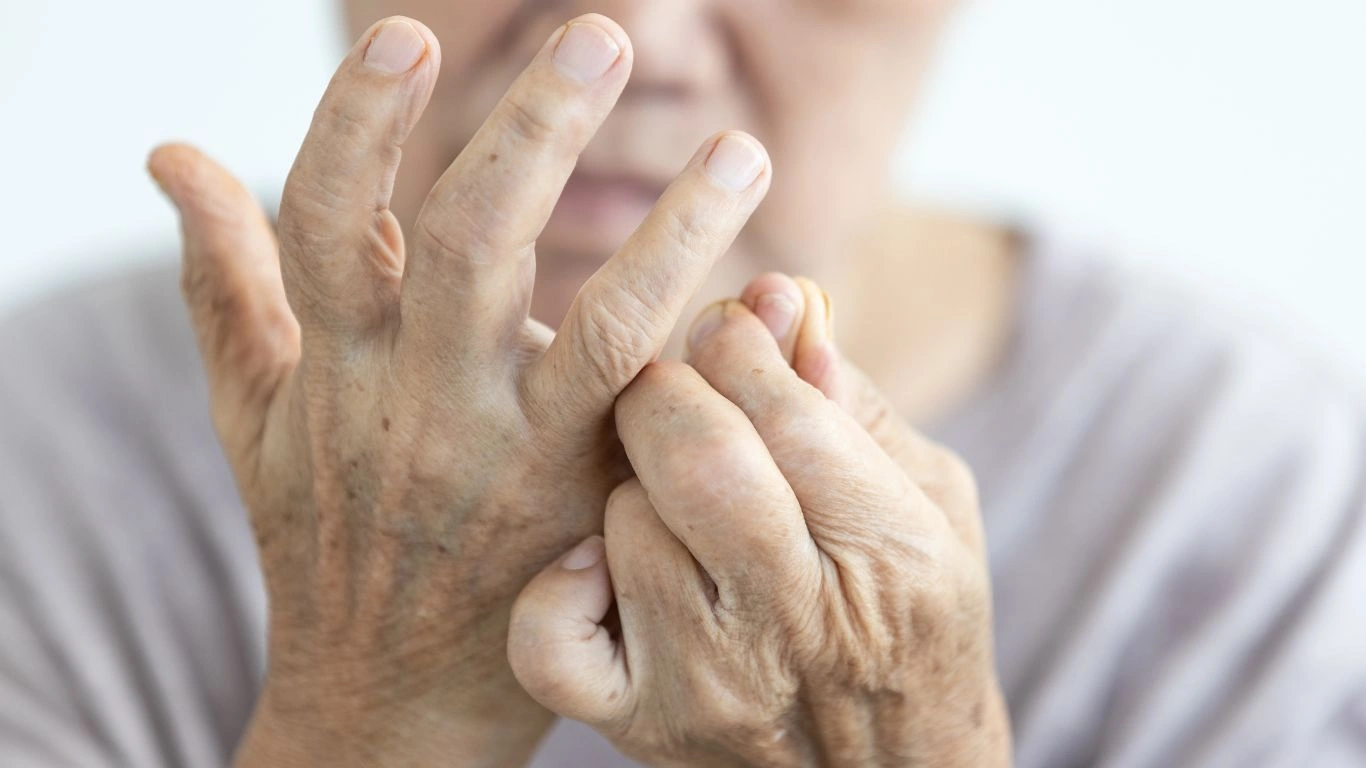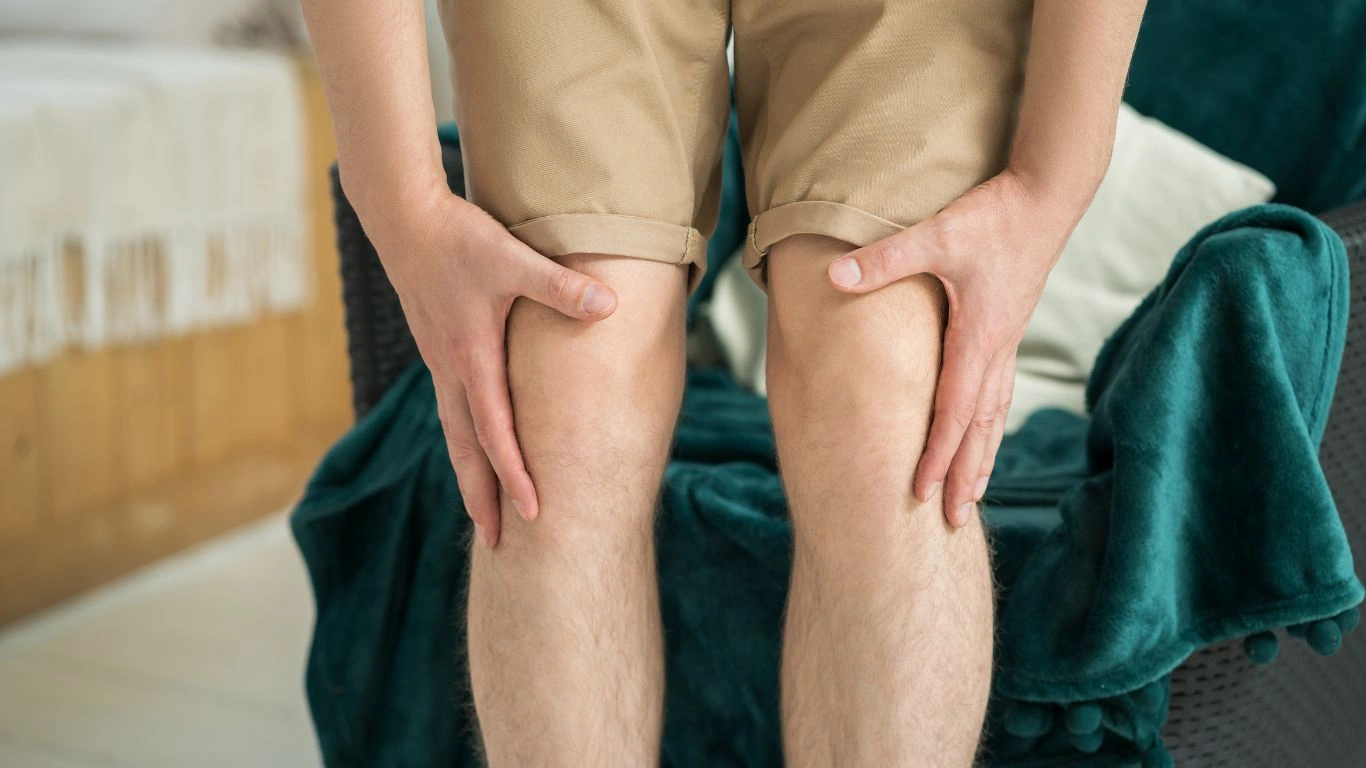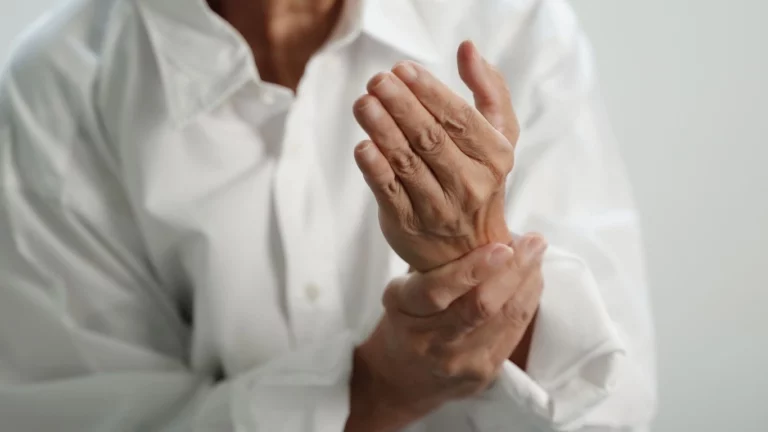Rheumatoid Arthritis Pain: Proven Strategies to Ease Daily Struggles
Rheumatoid arthritis (RA) is a relentless condition—one that I’ve seen turn even the simplest tasks into painful challenges for my patients. If you’re here, you probably know exactly what I mean. The stiffness in the morning that makes getting out of bed feel like climbing a mountain, the unpredictable flares that hit at the worst times, and the constant struggle to keep up with daily life. Coping with daily pain isn’t just about managing symptoms; it’s about reclaiming control over your life. And that’s exactly what we’re going to tackle here.
Understanding Rheumatoid Arthritis: More Than Just Joint Pain

Let’s get one thing straight—RA isn’t just “regular arthritis.” It’s an autoimmune disease, which means your immune system mistakenly attacks your joints, causing inflammation, swelling, and pain. Unlike osteoarthritis, which results from wear and tear, RA can affect anyone at any age, and it doesn’t just stop at the joints. It can impact the heart, lungs, and even mental health.
Having worked with countless patients, I’ve seen how overwhelming this diagnosis can be. The first step to coping with daily pain? Understanding what’s happening inside your body. Once you grasp that your immune system is the culprit, you can start focusing on ways to calm the inflammation and ease the pain.
Rheumatoid Arthritis and How to Cope with Daily Pain

Now, let’s talk about the big question: How do you actually live with this pain every day? It’s not just about taking medication—though that can help. Managing RA pain requires a whole-body approach, addressing everything from what you eat to how you move.
1. Movement: The Last Thing You Want to Do, But the Best Thing You Can Do
Let’s be real—when your joints feel like they’re on fire, the last thing you want to do is exercise. But movement is a game-changer. I’ve had patients who swore they couldn’t move without pain, only to find that gentle stretching and low-impact activities like swimming or yoga actually reduced their stiffness.
- Start slow: Even five minutes of stretching can make a difference.
- Choose low-impact activities: Swimming, walking, and cycling are great options.
- Listen to your body: Pain is your guide—push too hard, and you’ll regret it.
The goal isn’t to become a fitness guru overnight. It’s about keeping your joints moving just enough to prevent stiffness from taking over.
2. Anti-Inflammatory Foods: Your Natural Painkillers
What you put on your plate can either fuel inflammation or fight it. I’ve seen major improvements in my patients who focus on an anti-inflammatory diet. Think of food as medicine—because, in many ways, it is.
- Load up on omega-3s: Fatty fish like salmon and walnuts can help reduce joint pain.
- Eat the rainbow: Berries, leafy greens, and colorful veggies are packed with antioxidants.
- Cut the culprits: Processed foods, sugar, and excessive red meat can trigger inflammation.
I’ve had patients tell me they feel a difference within weeks of adjusting their diet. It’s not about perfection—it’s about making small changes that add up.
3. Heat, Ice, and Other Simple Yet Effective Pain Relievers
When the pain spikes, you need quick relief. Medications help, but there are plenty of simple tricks you can use at home:
- Heat therapy: A warm bath or heating pad can relax stiff joints.
- Cold packs: Ice packs can reduce swelling and numb sharp pain.
- Compression gloves: Many patients find relief wearing these, especially overnight.
Sometimes, it’s the smallest changes that make the biggest impact. The key is finding what works for your body.
Managing Flare-Ups: When Rheumatoid Arthritis Takes Over

Let’s talk about those dreaded flare-ups. If you’ve lived with RA for any length of time, you know exactly what I mean. One day, you’re managing okay, and the next, it feels like your body has declared war on you. I’ve seen patients break down in frustration because the unpredictability of flares makes it impossible to plan life. The good news? While we can’t always prevent them, we can learn how to manage them effectively.
1. Rest, But Not Too Much
It’s tempting to curl up in bed and wait for the pain to pass. And trust me, I get it. Rest is essential, but too much of it can actually make things worse. Joints that stay still for too long become even stiffer, making it harder to get moving again once the flare eases.
- Find a balance: Take short breaks, but don’t stay in one position for too long.
- Try gentle movement: Even small stretches can prevent excessive stiffness.
- Use supportive pillows: Proper positioning while resting can ease pressure on inflamed joints.
2. Adjust Your Medications
Every RA patient’s medication plan is unique, and knowing when to adjust is key. Some people have a standing “flare-up plan” with their rheumatologist that includes increasing or temporarily modifying medications. If you don’t have one yet, talk to your doctor about strategies to handle sudden pain spikes.
In my experience, patients who communicate openly with their healthcare provider about flare-ups tend to find better solutions. Don’t wait until you’re in agony—be proactive and ask about options.
3. Keep an Emergency Pain-Relief Kit
Having a go-to kit ready can make a world of difference when a flare hits. Here’s what I usually recommend:
- Over-the-counter pain relievers: NSAIDs like ibuprofen (if your doctor approves).
- Topical creams: Some patients find relief with menthol-based or capsaicin creams.
- Heat packs and cold wraps: Quick, effective pain management tools.
- Easy-to-prepare meals: Because cooking isn’t happening during a flare.
- A comfort item: Whether it’s a weighted blanket or your favorite tea, small comforts help.
Being prepared can take some of the stress out of the equation—because let’s face it, stress only makes things worse.
Adapting Daily Life to Make Things Easier

Living with RA means getting a little creative with everyday tasks. I’ve worked with patients who struggled with everything from buttoning a shirt to opening a jar. The right tools and adjustments can make a massive difference.
1. Household Hacks for Less Strain
Simple changes around the house can take the strain off your joints and make daily activities more manageable.
- Use ergonomic tools: Look for arthritis-friendly kitchen gadgets and utensils.
- Opt for easy clothing: Zipper pulls, elastic waistbands, and slip-on shoes can be lifesavers.
- Invest in lightweight cookware: Heavy pots and pans can be brutal on sore hands.
- Rearrange frequently used items: Keep essentials at counter height to avoid bending or reaching.
2. Work Smarter, Not Harder
Whether you work at a desk or on your feet, there are ways to reduce strain on your joints.
- Use voice-to-text software: Typing for long periods can be tough on the fingers.
- Take frequent breaks: Avoid staying in one position too long.
- Adjust your workspace: Ergonomic chairs, keyboard supports, and wrist rests can help.
- Communicate with your employer: Many workplaces offer accommodations if you ask.
3. Find Ways to Stay Social
One of the hardest parts of RA? The way it can isolate you. When pain makes it difficult to leave the house, social activities can start to feel impossible. But staying connected is just as important as managing physical symptoms.
- Use video calls: When meeting in person isn’t possible, virtual hangouts can help.
- Find an RA support group: Talking to others who “get it” can be incredibly comforting.
- Be honest with friends and family: Let them know when you need a rain check—but also when you’re up for company.
Adapting your life to RA doesn’t mean giving up on the things you love. It’s about finding new ways to do them.
Case Studies & Real-Life Examples

Sometimes, the best way to understand how to cope with rheumatoid arthritis is by hearing from those who have walked the same path. Over the years, I’ve worked with patients who have transformed their lives despite the challenges of RA. Here are a couple of inspiring stories.
1. Sarah’s Journey: From Struggling to Thriving
Sarah was diagnosed with RA in her early 40s. At first, she ignored the symptoms, thinking the stiffness was just a sign of aging. But when the pain became unbearable, she sought help. After working together on a comprehensive management plan—including medication adjustments, physical therapy, and dietary changes—Sarah found relief. She now swears by her daily turmeric tea and gentle yoga routine, which have helped keep her flares under control.
2. Mark’s Battle with Morning Stiffness
Mark, a 55-year-old office worker, struggled the most with morning stiffness. Getting out of bed felt like an impossible task. He incorporated a few simple changes—using a heated mattress pad at night, doing gentle stretches before bed, and keeping a warm compress near his bedside. These small shifts made a world of difference, allowing him to start his day with less pain.
Stories like these remind us that while RA is tough, there are ways to regain control. The key is persistence and finding what works for your body.
Key Takeaways: What You Need to Remember
Managing RA and coping with daily pain isn’t a one-size-fits-all approach, but there are some universal truths that can help:
- Listen to your body: Pay attention to early signs of a flare-up and adjust accordingly.
- Stay active, but don’t overdo it: Movement is essential, but balance is key.
- Nutrition matters: Anti-inflammatory foods can make a big difference.
- Use pain management techniques: Heat, ice, compression, and medication adjustments can help.
- Adapt your lifestyle: Small changes in your home, workplace, and daily routine can ease the strain.
FAQs
1. Can rheumatoid arthritis go into remission?
Yes! While RA is a chronic condition, some people achieve remission with the right combination of medications, lifestyle changes, and early intervention. It’s all about finding the right balance for your body.
2. What’s the best diet for rheumatoid arthritis?
There isn’t a one-size-fits-all RA diet, but anti-inflammatory foods like fatty fish, berries, leafy greens, and nuts can help reduce symptoms. Avoiding processed foods, excessive sugar, and red meat may also make a difference.
3. How do I know if my treatment is working?
Improvement in stiffness, less frequent flares, and better mobility are all signs that your treatment plan is effective. Regular check-ins with your doctor can help track progress and make necessary adjustments.
Bonus: Additional Resources or DIY Tips
Looking for more ways to manage RA at home? Here are a few simple DIY remedies and resources that might help:
- Homemade anti-inflammatory tea: Brew a cup of turmeric, ginger, and honey tea to ease inflammation.
- DIY hand exercises: Simple squeezing and stretching exercises can strengthen joints.
- RA-friendly meal plans: Websites like Arthritis.org offer free meal guides tailored to inflammation reduction.
- Support groups: Connecting with others through online forums like Mayo Clinic Connect can provide valuable support.
Appendix: References, Disclaimer, and Call to Action
| Resource | Link |
|---|---|
| Arthritis Foundation | https://www.arthritis.org |
| Mayo Clinic | https://www.mayoclinic.org |
| National Rheumatoid Arthritis Society | https://www.nras.org.uk |
Disclaimer: This article is for informational purposes only and should not replace professional medical advice. Always consult with your doctor before making any changes to your treatment plan.
Call to Action: Managing RA is a journey, and you don’t have to do it alone. If this article helped you, share it with someone who might need it. And if you have your own RA tips, drop a comment below—I’d love to hear your experiences!

Tarra Nugroho is a dedicated Nurse Practitioner with a strong foundation in family and preventive care. She brings both compassion and clinical expertise to her practice, focusing on patient-centered care and health education. As a contributor to Healthusias.com, Tarra translates medical knowledge into clear, empowering articles on topics like women’s health, chronic disease management, and lifestyle medicine. Her mission is simple: help people feel seen, heard, and informed—both in the clinic and through the content she creates. When she’s not caring for patients, Tarra enjoys weekend hikes, plant-based cooking, and curling up with a good health podcast.






